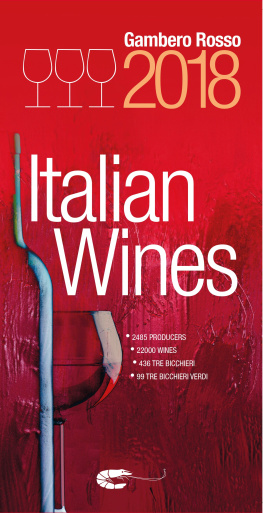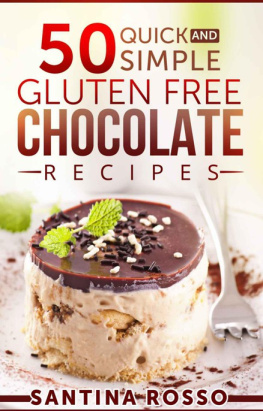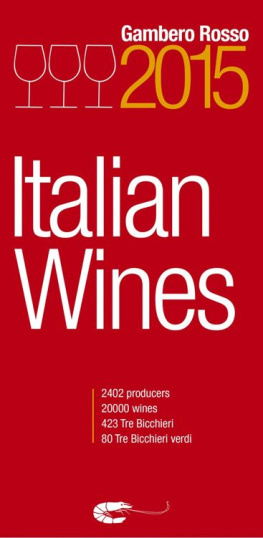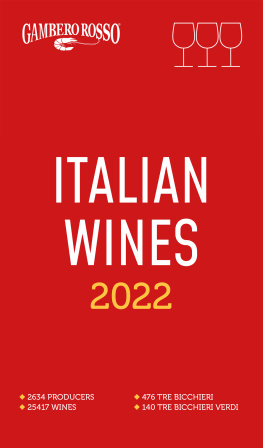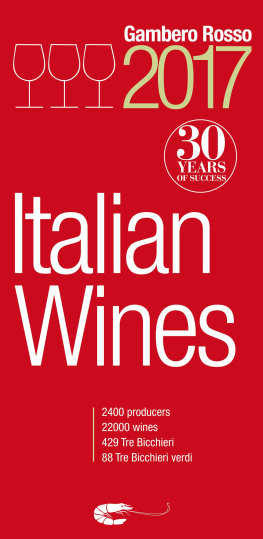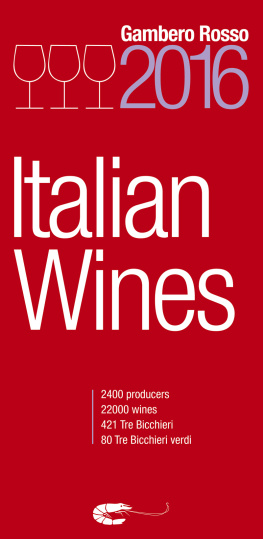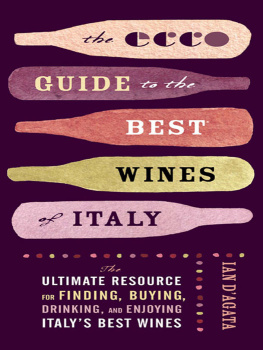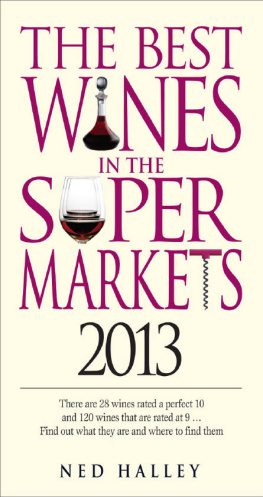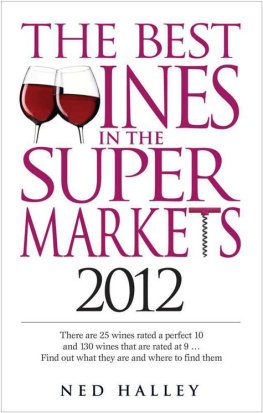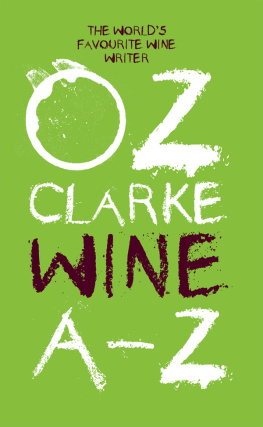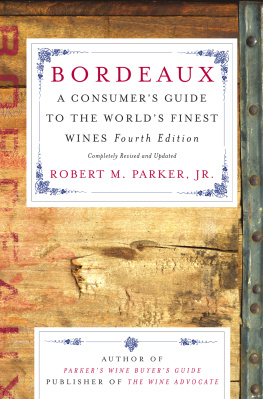THE GUIDE
Having turned a corner last year with our 30th anniversary edition, here we are back with our 31st. This year, after our tastings had concluded, we asked ourselves a question: why, in the age of apps, smartphones and tablets, do we continue printing a guide? Well take this opportunity to remind our readers that Gambero Rosso has a digital TV channel, with programs that, today, are also broadcast in Switzerland and China. And as our web TV is translated into English, its accessible in every corner of the globe. Gambero Rossos content, Italian Wines included, is also available on social networks and app stores; indeed, the third millennium finds us enthusiastic about our prospects. Though we live in a fluid society, where fluid communication reigns, we continue to make an apparently conservative choice by continuing to print a book thats the size and weight of a small brick. Why? Because there are professionals and wine lovers in Italy and the world who continue to ask for it, demonstrating that where theres quality, paper still has an important role to play, even in the multimedia age. But the real driving force behind this, our 31st edition, lies even deeper. For 30 years we have been telling the stories of Italys top producers, painstakingly annotating and analyzing the characteristics of their best wines. Our work is a kind of chronology, year after year, of the facts and events in the field. These 31 bricks, in our mind, constitute a single, larger history, that of Italian winemaking going back to the 1980s, an area that has thousands more stories, grapes and wines to be documented. We dont limit ourselves to pure enological journalism, but ask ourselves why certain things are happening, what tendencies, in terms of taste, technology and resources, are driving such an important sector of our agricultural economy. Supported by our three decades of experience, were trying to intercept those currents driving and influencing the sector, so as to shed light on the future in a way that can be useful to wine lovers and professionals. This is to say, piece by piece, we are telling the history of Italian wine. Its a tale that Italians and the world enjoy hearing, such that the guide is now being successfully translated into German, English, Chinese and Japanese, pointing up the fact that our effort to interpret a phenomenon as complex as Italian wine is credible, authoritative even, for the rest of the planet. And so whoever has the guide in hand knows that its the result of an experienced, tested, passionate group of tasters whove traveled Italy (as well as Ticino this year) trying more than 45,000 wines, interviewing producers and visiting wineries. The wine lover can focus on the introductions to each region, where we interpret the tendencies of the various territories and their appellations, or on the individual profiles. Italian Wines isnt just a collection of scores and rankings. It is, for us, much more, just as we hope it is for our readers.
Italian wines has become a passport that top Italian wineries can exhibit during the almost 50 events that we organize in 30 capitals around the world. By promoting knowledge of Italys wines and its top players, these are initiatives that reinforce the image and exportation of Italian wines, both to those countries that are already drinking it and to new markets where we find large populations and growth in consumption. Indeed, these represent opportunities that are increasingly important for the sector.
Our special awards are a condensed version of our vision of the world of wine and a summary of the work carried out by our great team of tasters.
The Red of the Year award goes to Ar.Pe.Pe.s 2017 Valtellina Superiore Sassella Rocce Rosse Riserva, a truly great wine. The White of the Year is I Favatis 2016 Fiano di Avellino Pietramara, a wine of elegance and extraordinary balance. The Sparkling Wine of the Year goes to an artisanal cuve blend made by a family of passionate winemakers, the Marcalberto Extra Brut Millesimo2mila12, a dense, dynamic, potent and sophisticated Metodo Classico. The Sweet Wine of the Year is Caravaglios 2016 Malvasia delle Lipari Passito, a deeply Mediterranean wine thats opening up new and modern perspectives for meditation wines. The Winery of the Year for 2018 is the Boscaini familys Masi, which deserves credit for having brought international acclaim (and more) to Amarone and Veronas wines. The Best Value for Money award goes to the delectable 2016 Romagna Sangiovese Superiore Sigismondo, the child of a special project by Le Rocche Malatestiane. The Emerging Winery of the Year award goes to an enthusiastic group of Calabrian producers, Spiriti Ebbri. Our Grower of the Year is Stefano Amerighi, a man whos relationship with the land runs deep. The award for Sustainable Viticulture goes to the Lunelli familys Ferrari, who have for years worked wholeheartedly on behalf of these principles. We close our review by making note of a new initiative, the Solidariety Award, which goes to those individuals or wineries whove demonstrated an exceptional social commitment. This year, Elisabetta Fagiuoli, from the Tuscan winery Montenidoli, fully deserves it. She has created a foundation that will provide homes to struggling elderly and young people from varying backgrounds. Youll also find our Tre Bicchieri Verdi in green, those wines made by certified organic or biodynamic producers (there are some 99 this year). Finally, we also make note of those wines awarded that can be bought for 15 or less (there are 110 in all).
We would like to thank the Bolzano EOS Chamber of Commerce, the coordinators of the Strade del Vino e dellOlio dellUmbria, the Arezzo Strada dei Vini wine trail, the Istituto Marchigiano di Tutela Vini di Jesi (IMT) and VINEA of Offida, ERSA Friuli Venezia Giulia, Ente vini Bresciani, Carcare (Savona) municipal council, the Comitato Grandi Cru della Costa Toscana, Assovini Sicilia, the E. del Giudice Centro per lInnovazione in Marsala. Also, the following protection consortiums: Gavi, Barolo, Barbaresco, Alba, Langhe and Roero, Vini dei Colli Tortonesi, Nebbiolo dellAlto Piemonte, Caluso, Carema and Canavese, Valtellina, Oltrep Pavese, Franciacorta, Valcalepio, Vini Mantovani, Lugana, Valtenesi, Conegliano Valdobbiadene, Soave, Consorzio Vini Trentini, as well as Bolgheri, Brunello di Montalcino, Chianti Classico, San Gimignano, Montepulciano, Chianti Rufina, Morellino in Scansano, Vini della Maremma Toscana, Montecucco, Carmignano, Orvieto, Montefalco, the Consorzio di Tutela dei Vini Piceni and, finally, the Consorzio di Tutela dei vini DOC Sicilia.
Wed also like to thank the regional wine cellars of Cassino Po in Lombardy, Roero and Nizza Monferrato, Canelli and Astesana, the Cantina Comunale I Sri in Diano dAlba, the Bottega del Vino in Dogliani, Carpe Diem restaurant in Montaione, the Calidario in Venturina, Tenuta Il Cicalino in Massa Marittima, the Citt del Gusto in Rome and Naples, the regional wine cellar of Basilicata in Venosa, Caneva in Mogliano Veneto, Da Nando restaurant in Mortegliano, Casa e Putia restaurant in Messina and, for Ticino, the Atenaeo del Vino in Mendrisio.
Finally, a sincere thanks to all our team, who showed true devotion in helping us realize Italian Wines, from local tastings to drafting the profiles, all the way to the editing of the volume itself, and to all those weve worked with down through the years. A special thanks to Danilo Zannella, director of all our tastings.
Gianni Fabrizio, Eleonora Guerini, Marco Sabellico
TRE BICCHIERI 2018
Valle d'Aosta
Valle d'Aosta Chambave Moscato Passito Prieur '15
Valle d'Aosta Chambave Muscat Fltri '15
Valle d'Aosta Cornalin '16
Valle d'Aosta Nebbiolo Sommet '15
Valle d'Aosta Petite Arvine '16
Valle d'Aosta Pinot Gris '16
Piedmont

